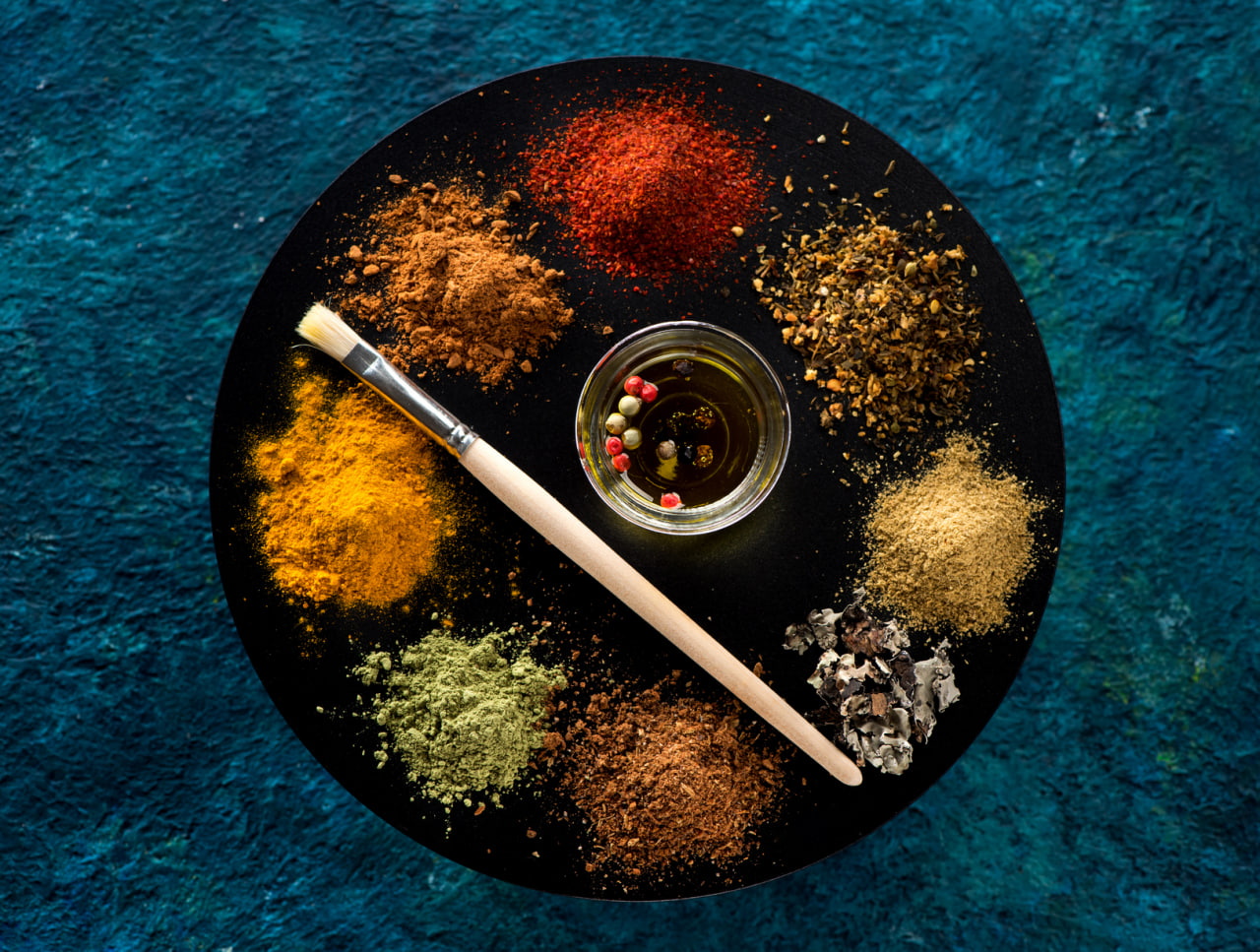Spices are at the heart of every great dish. Whether you’re cooking a cozy soup, roasting vegetables, or grilling meat, the right spice blend can elevate your meal from ordinary to unforgettable. While it’s easy to grab a premade mix from the store, crafting your own blends at home gives you complete control over flavor, freshness, and ingredients — and it’s easier than you might think.
Here are five essential spice blends that every home cook should know. Master these, and you’ll be ready to cook dishes from around the world with confidence and creativity.
1. Garam Masala (India)
Garam Masala is one of the most iconic spice blends in Indian cuisine. The name translates to “warming spices,” referring not to heat but to the warmth they bring to the body and the depth they add to food. Garam Masala typically contains cinnamon, cardamom, cloves, cumin, coriander, and black pepper, though recipes vary regionally and even from household to household.
This blend is usually added toward the end of cooking to preserve its rich aroma. It’s ideal in curries, stews, rice dishes, and lentils. The beauty of Garam Masala lies in its balance — warm, sweet, and savory notes that bring complexity to even the simplest ingredients.
Use it in: Chickpea curry, roasted cauliflower, lentil soup, or sprinkled over rice just before serving.
2. Herbes de Provence (France)
Elegant and aromatic, Herbes de Provence is a herbaceous blend that originated in the Provence region of southern France. Traditionally made with dried thyme, rosemary, oregano, savory, and sometimes lavender, this mix is all about freshness and floral notes.
Unlike many spice blends, Herbes de Provence contains no chiles or pungent seeds. It’s perfect for lighter dishes that highlight herbs — especially vegetables, poultry, and fish. It also pairs beautifully with olive oil for marinades or roasted potatoes.
Use it in: Grilled chicken, ratatouille, tomato sauces, or homemade bread dough for an herbaceous aroma.
3. Za’atar (Middle East)
Za’atar is a bright, tangy, and earthy blend that has been a staple across Middle Eastern kitchens for centuries. The core ingredients are dried thyme or wild oregano, sumac (which adds citrusy sharpness), sesame seeds, and salt. Some variations also include marjoram or cumin.
This blend is incredibly versatile and often used both as a seasoning and as a table condiment. In many homes, it’s mixed with olive oil and spread over flatbread — a simple yet unforgettable snack.
Use it in: Pita chips, roasted vegetables, hummus toppings, grilled meats, or sprinkled on labneh and yogurt.
4. Cajun Seasoning (Southern United States)
Cajun seasoning delivers bold, smoky, and spicy flavors typical of Louisiana cooking. While recipes differ, most blends include paprika, cayenne pepper, garlic powder, onion powder, oregano, and black pepper. It’s assertive without being overwhelming — ideal for adding character to otherwise plain ingredients.
This blend is great for dry rubs or pan-seared meats. It’s also popular in stews like jambalaya and gumbo. You can adjust the heat level easily to suit your taste.
Use it in: Grilled shrimp, blackened fish or chicken, corn on the cob, roasted sweet potatoes, or creamy pasta sauces.
5. Ras el Hanout (North Africa)
Translated as “head of the shop,” Ras el Hanout is a Moroccan blend often made from a long list of premium spices — sometimes up to 30. Common components include cinnamon, ginger, turmeric, nutmeg, clove, allspice, cardamom, and dried rose petals. It’s complex, slightly sweet, and deeply aromatic.
Ras el Hanout is frequently used in tagines, couscous dishes, and vegetable stews. While the ingredient list may seem intimidating, you can easily make a simplified version at home with just a few key spices.
Use it in: Lamb dishes, carrot soup, roasted squash, or even as a spice rub for grilling.
Why These Blends Matter
Each of these blends represents a different culinary tradition, a unique flavor profile, and an opportunity to explore a new style of cooking. They’re not just spice mixes — they’re stories, preserved in aroma and taste. Best of all, once you learn to make these from scratch, you can start customizing them to your liking. Don’t like too much heat? Dial down the cayenne. Want more floral notes? Add extra lavender. Your kitchen becomes your laboratory.
Having these five blends on hand gives you incredible versatility and confidence in the kitchen. You’ll rely less on pre-packaged flavor enhancers and more on your growing intuition and creativity.

